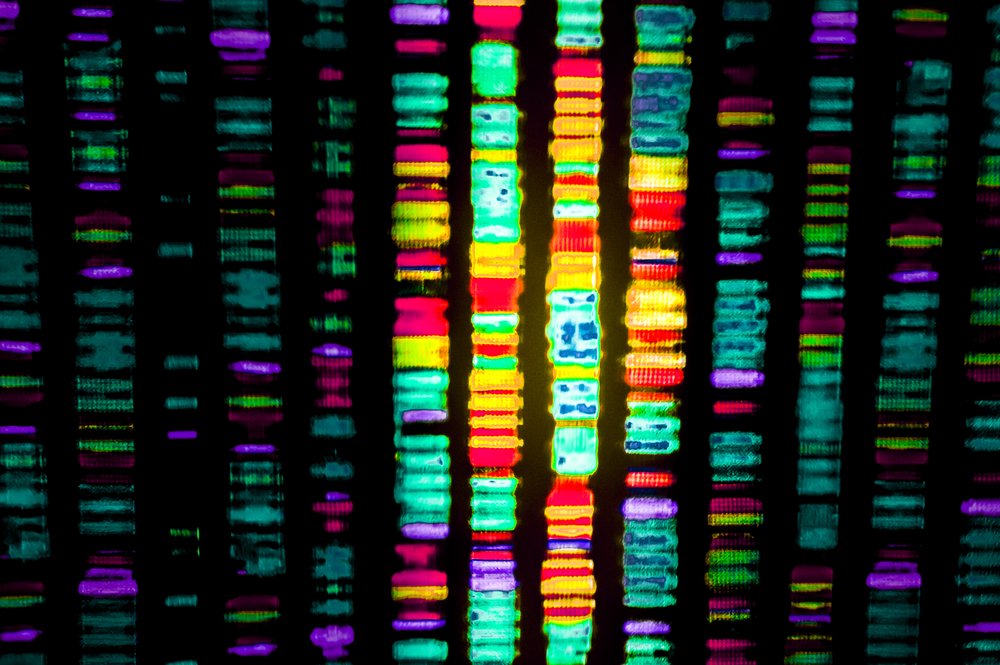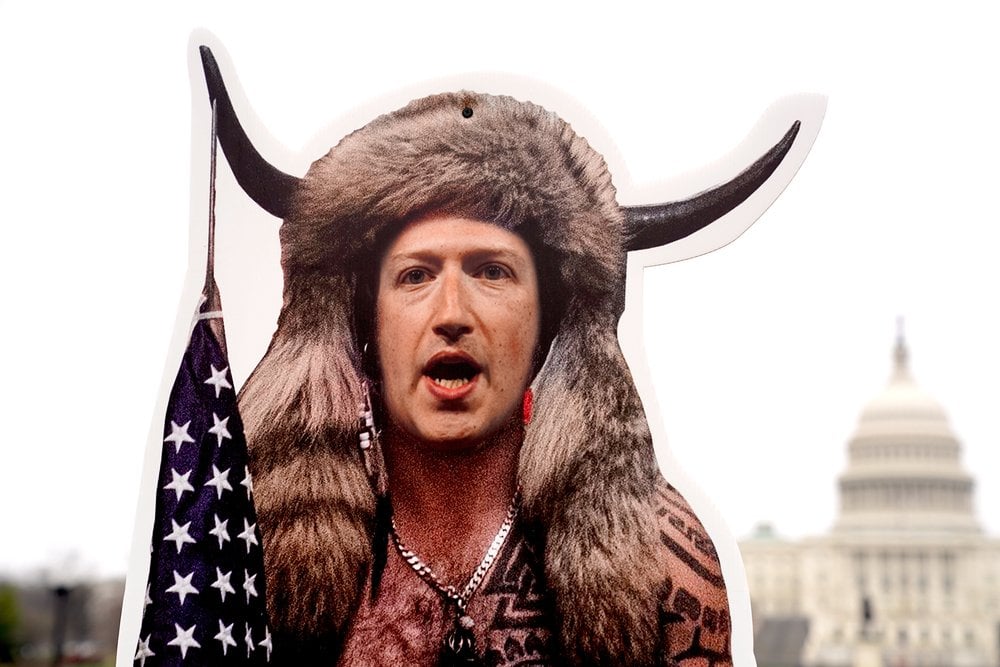Congress is weighing a bipartisan proposal to update the nation’s patent eligibility rules — and, in many ways, the legislation is designed to reward innovation and protect scientific discoveries. So, why are America’s best researchers — including many who represent the companies that could benefit from this bill — loudly opposing it?
The U.S. Patent and Trademark Office (USPTO) has historically struggled with adhering to patent guidelines when it comes to science. If you design a mechanical device to transform recycled plastic into something else, it’s a straightforward argument that you’ve introduced something new and useful that deserves patent protection. But if you identify bacteria that can naturally break down plastic into other components — with no modifications by researchers — the argument is much more difficult. If something exists in nature, what person has the right to lock it up with patents?

This has been an ongoing debate in U.S. patent law, and until recently it appeared to have been settled. If you’ve undergone genetic testing in the last six years, chances are good that you’ve benefited from a unanimous Supreme Court ruling that unmodified human genes could not be patented. In its 2013 decision in the Association for Molecular Pathology v. Myriad Genetics case, the Supreme Court determined that such genes were not eligible for patenting.
That decision transformed the genetic testing landscape. Myriad Genetics, a private firm that until the Supreme Court ruling held patents on two genes associated with a heightened genetic risk for breast cancer, was at the time the only company that could analyze a patient’s DNA and offer results about those genes. The test cost thousands of dollars, and patients whose results were incorrect — as any diagnostic test will be from time to time — had no opportunity to get follow-up testing elsewhere. Once the patents were overturned by the Supreme Court, labs across the country began offering tests to analyze those genes. Today, people can learn about their genetic variants in those two genes for a couple hundred dollars.
Given that background, it’s hard to explain why members of the Senate and House of Representatives introduced legislation in May that would allow the USPTO to issue patents for naturally occurring things like genes or organisms. This month, the committee — including Thom Tillis (R-NC) and Chris Coons (D-DE) in the Senate, and Doug Collins (R-GA), Hank Johnson (D-GA), and Steve Stivers (R-OH) in the House — held several hearings. They are expected to update the proposed language based on what they heard and submit the new bill for Congressional review in early July.

Scientists, research proponents and civil liberties leaders have come out in droves to oppose the revised language. In a recent letter to Congress, more than 80 scientists and Nobel laureates urged caution. “We fear that any legislation, like the current proposal, that appears to allow the patenting of natural materials (like genes), natural processes, and even untested ideas, may hamstring basic science and slow discovery,” they wrote, “thereby compromising the nation’s ability to enhance the quality of health care and foster economic progress.” They suggested that Congress ask the National Academy of Sciences to review patent eligibility criteria and make recommendations about best practices before any new rules are enacted.
In a separate letter, many organizations — including some that were part of the case against Myriad years ago — warned the proposed changes would overturn 150 years of legal precedent about patent eligibility. “Patients will again be at risk of lacking access to information about their genes, about their very selves,” they wrote. “We likely will again see high prices for tests with no competition in the market.”
At a hearing on the matter earlier this month, Sen. Tillis called this argument a “false narrative” and said that since the human genome had already been mapped, nothing in it could be considered new, making it ineligible for patenting. However, scientists are routinely making new associations between genes and disease, and new elements of the human genome are still being discovered. It’s unclear whether the proposed changes to patent law would make it possible to patent such findings.
Ironically, the revised guidelines come at a time when it’s easier than it has ever been to discover a new gene or link a gene to a specific disease. Decades ago, it took years and millions of dollars to predict the presence of a certain gene and then hunt for it in the vast human genome. In theory, the purpose of patent law is to encourage institutions to make such a considerable investment for discoveries that have long-term benefit for society. Now, advances in DNA sequencing have made it almost trivial to map any organism’s genome, detecting genes that may never have been seen before.
No matter what comes next, it seems likely that the outcome will be one that all parties say they are trying to avoid: uncertainty about patent rules in this country.















